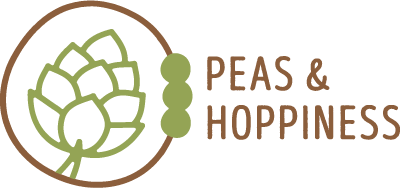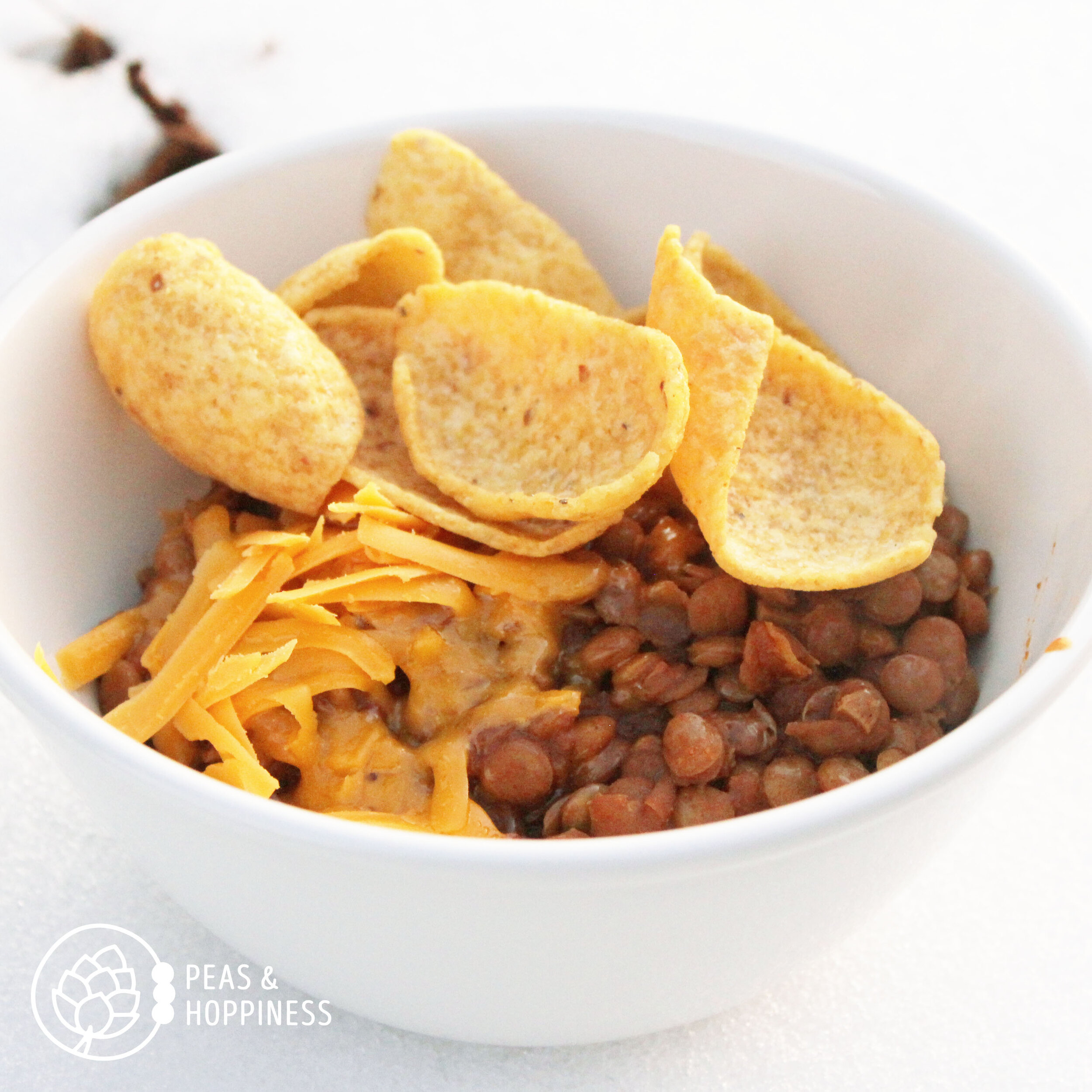A “Flexitarian” eating pattern offers a way to reduce meat and animal protein for a more eco-friendly diet without becoming vegetarian or vegan.
Many of you know I grew up on a farm in Kansas. And when I grew up, meat was always the center of the plate.
For most meals we’d have a delicious entrée of Salisbury steak or fried chicken or meatloaf or some other protein, usually served with potatoes, a vegetable, and homemade bread.
I wasn’t introduced to the idea of vegetarian fare until college, when I started to rely more on plant-based proteins primarily because I was on a tight budget – and lentils cost much less than beef.
But as I completed my degree in nutrition and began to better understand the impacts of climate change, my journey towards a more plant-based diet became motivated by my desire to live more sustainably.
Besides switching to renewable energy sources, turning down your thermostat, and driving electric cars, reducing animal products on your plate is consistently ranked as one of the most beneficial changes an individual consumer can make in preventing climate change.
Now, if you’re anything like me – this news is a major bummer.
Because in all honesty I really enjoy a good steak.
Thus, when I learned about a flexitarian diet I became interested. This was something that might allow me to incorporate my values into my eating pattern as well as enjoy favorite dinners with my family.
Lentil Frito Pie: a perfect introduction to delicious vegetarian fare!
What is a Flexitarian Diet?
The Flexitarian Diet is a vegetarian or vegan-based eating pattern which occasionally includes meat or other animal products. It’s sometimes called semi-vegetarian.
While the exact definition of the Flexitarian Diet varies, the frequency of consuming animal products is much less than a standard Western diet. The IPCC (Intergovernmental Panel on Climate Change) defines a Flexitarian eating pattern as substituting 75% of animal products for plant-based products.
Other definitions more generally describe a Flexitarian pattern as eating vegan or vegetarian most of the time, with animal products included several times per week or at one meal per day.
What do Flexitarians Eat?
For those of us who grew up on a meat-and-potatoes diet, it can be hard to imagine what to cook for dinner without a piece of chicken or pork at the center. However, vegetarian options are quite varied – and not all recipes feature tofu!
A common fear regarding plant-based diets is the idea it may be difficult to meet one’s protein needs. However, the human body is very efficient at using protein and the standard Western diet provides much more than the body needs.
As for what to eat, there are lots of options for nutrition plant-based protein: beans, lentils, edamame, chickpeas, nuts, seeds. Even grains and some vegetables contain protein. Read more about complimentary vegetarian proteins.
A follower of a Flexitarian eating pattern enjoys many of the same benefits as someone following a vegetarian diet – but to a lesser degree.
Cheddar Black Bean Burgers: A great recipe to make in large batches and freeze for an easy vegetarian protein
Health Benefits of a Flexitarian Diet
Compared to the standard Western diet, reducing the consumption of animal products has a wide range of health benefits. From reducing heart disease, risk of many types of cancer, and even reducing the risk of Alzheimer’s, substituting plant-based foods for animal products has a huge benefit.
This appears to be somewhat of a linear trend; the fewer animal products, the better the health outcomes. Of course – this is assuming that animal products aren’t replaced by highly processed foods.
For example, Taqis, Oreos, and Potato Chips are technically vegan – but these don’t provide the same nutrients or benefits as fresh fruits, vegetables, whole grains, and legume. Enjoy processed foods in moderation and for fun! Just remember that simply because a label notes a food as “vegan” doesn’t necessarily mean it’s full of nutrition.
Black & Blue Portobello Salad: A Meal Guide Member favorite!
Sustainability of a Flexitarian Diet
A quarter of global greenhouse gas emissions comes from food production. Of that, half is related to producing animal products.
The environmental benefits of eating lower on the food chain are mostly due to input costs: the amount of land used and the inputs that go into growing the food for animals (such as fertilizers).
While animals can sometimes be raised on lands which otherwise wouldn’t be able to be used for food production – because of the soil quality, accessibility issues, or for other reasons – the amount of animal products in a standard Western diet is much more than what these grazing lands can sustain. Instead, most animals are fed corn, soy, or other grains for at least a portion of their life (cattle are always started on grass and usually grain finished in a feedlot).
To produce the quantity of meat eaten today, a large portion of grains are grown for animal feed rather than for direct human consumption. Because animals are the “middle man” in the food chain, this explains why greenhouse gas emissions from beef are about 49.89 kg CO2eq per 100 grams of protein compared to soybeans (tofu) which emit an estimated 1.98 kg CO2eq per 100 grams of protein.
Bottom line: It’s more efficient to eat the plant rather than eating the animal that ate the plant.
Save Money with a Flexitarian Diet
The Flexitarian diet offers one of the seemingly rare examples in which the more nutritious option is a less expensive option.
For similar reasons to sustainability, eating lower on the food chain usually costs less because it costs less to grow the food. While a pound of ground beef can run anywhere between $2.00-$6.00, a pound of dried lentils is usually less than $1.50.
This isn’t necessarily true for all animal products compared to their plant-based alternative; for example, milk from cows is often less expensive than oat or soy milk. This isn’t because of the true cost of inputs into the product, but rather because of a combination of marketing strategies and government subsidies.
Similarly, plant-based meats such as Beyond Meat or The Impossible Burger are currently more expensive than animal-based ground meat. This is mostly related to the research & development costs of creating these new products; once the companies are able to scale production and improve efficiency, the cost is predicted to drop to competitive – or even lower – prices than animal protein.
For today, it may work best for your budget to choose the less expensive plant-based options such as tofu, beans, and lentils and supplement the rest of your eating pattern with the currently less-expensive animal products. As markets and government regulations change, so may the cost of a plant-forward vs. animal-heavy diet.
If you give up meat, make sure you don’t give up flavor! These Asian Tofu Lettuce Wraps are another shockingly delicious Meal Guide Member favorite!
How to Start a Flexitarian Diet
Choosing one or two days per week to enjoy plant-based meals in place of animal proteins is a great way to move towards a healthier, more sustainable eating pattern.
If you’ve thought about trying to reduce the amount of animal protein in your diet, but are worried about getting enough protein or wondering whether vegetarian recipes will taste good, consider a trial of the Peas & Hoppy Meal Guide Membership.
The membership helps you explore new plant-based options by including at least one vegetarian meal on the menu every week. Members rest easy knowing they’re getting optimal nutrition and protein because as a registered dietitian, I make sure every meal is nutritionally balanced.
And yes, you’ll like the vegetarian recipes – even if you are a self-proclaimed meat-eater. How do I know they’re good? I test every recipe with my meat-eating family!
The most important thing to remember when transitioning to a flexitarian eating pattern is to do better, not to worry about being perfect. If we all make a few small changes, this can make a big impact on the world at large.
Happy plant-based eating,
Ann





